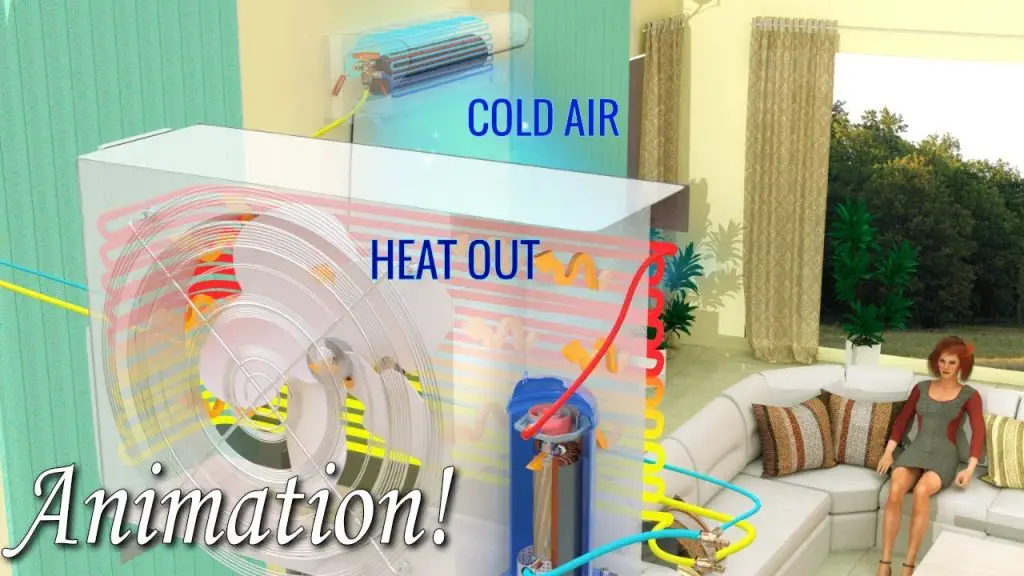As the temperatures rise, many of us rely on air conditioners to keep our homes and offices cool and comfortable. But have you ever wondered how these cooling systems work? In this article, we will take a closer look at the inner workings of air conditioners, complete with animations to help you understand the process better.
The Basics of Air Conditioning
Before we dive into the intricate details of how air conditioners work, let’s start with the basics. Air conditioners utilize a thermodynamic process to remove heat from an indoor space and transfer it outside, resulting in a cooler environment.
At the heart of the air conditioning system is the refrigerant, a substance that is capable of absorbing and releasing heat rapidly. The refrigerant flows through a closed loop of coils and tubes, undergoing changes in pressure and temperature to facilitate the heat transfer process.
An Animated Guide to How Air Conditioners Work
To understand the inner workings of an air conditioner, let’s walk through the key components and processes involved, accompanied by helpful animations:
1. Refrigeration Cycle
At the core of every air conditioner is the refrigeration cycle, which consists of four main stages: compression, condensation, expansion, and evaporation. This cycle is responsible for the transfer of heat and the cooling of the indoor environment.
Check out the following animated sequence to see how the refrigeration cycle operates within an air conditioning system:
2. Evaporator Coil
The evaporator coil plays a crucial role in absorbing heat from the indoor air. As the refrigerant passes through the coil at a low pressure, it evaporates, drawing heat from the surrounding air and cooling it down.
Take a virtual tour inside the evaporator coil with this animated demonstration:
3. Condenser Coil
Once the refrigerant has absorbed heat from the indoor air, it carries that heat to the condenser coil located outside the building. Here, the refrigerant releases the heat into the outdoor air and returns to its liquid state, ready to start the cycle again.
Visualize the process of heat dissipation with this animated walkthrough of the condenser coil:
Additional Components and Functions
Besides the key components mentioned above, air conditioners also incorporate other elements such as fans, filters, and thermostats to ensure efficient operation and air quality. Understanding how these components contribute to the overall functionality of the air conditioning system can provide a comprehensive insight into its workings.
The Importance of Proper Maintenance
Now that we have gained a better understanding of how air conditioners work, it’s important to highlight the significance of regular maintenance. Keeping the filters clean, ensuring proper refrigerant levels, and addressing any mechanical issues promptly can prolong the lifespan of your air conditioner and optimize its performance.

Credit: www.mattrittman.com
Conclusion
With the help of animated guides and detailed explanations, we have unraveled the intricate mechanisms behind air conditioning systems. From the refrigeration cycle to the roles of various coils and components, the process of cooling indoor spaces becomes clearer with each step.
Next time you turn on your air conditioner, you can visualize the refrigerant flowing through the coils, absorbing heat, and transferring it outside, all thanks to the fascinating technology behind this essential appliance.
Stay cool and comfortable, and remember to appreciate the marvels of air conditioning!

